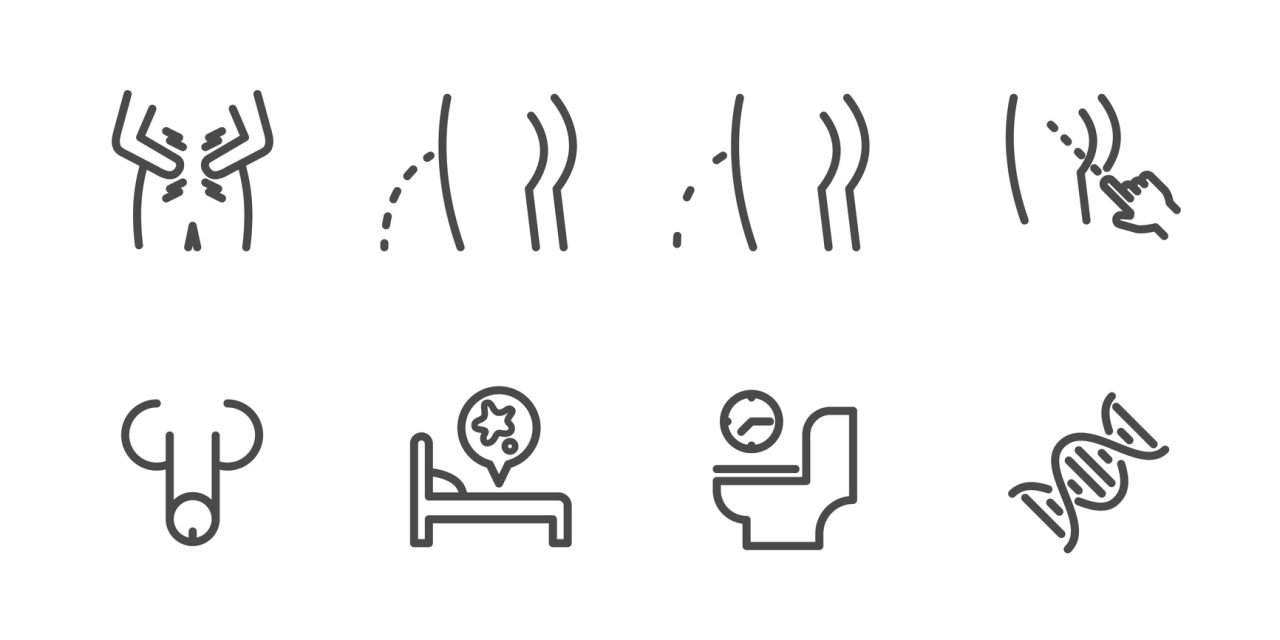Insect pests consume tastants as their necessary energy and nutrient sources. Gustatory receptors play important roles in insect life and can form within an extremely complicated regulatory network. However, there are still many gustatory genes that have a significant impact on insect physiology, but their functional mechanism is still unknown. Here, we purified and characterized a gustatory receptor (protein) coding gene, NlGr7, from the brown planthopper (BPH) Nilaparvata lugens, which is an important insect pest of rice. Our results revealed that NlGr7 has an active association with various ligands, such as lectins, lipids (phospho- and sphingolipid) and copper. The mass-spectrometry result showed that NlGr7 is a sugar receptor, and NlGr7 is validated by different types of insoluble polysaccharides and a varied range of tastants. Further, we observed that NlGr7-bound ATP hydrolysed on the ATPase activity assay, which indicated that NlGr7 may be associated with important biological functions in the BPH. Furthermore, an injection of NlGr7 (protein), into newly emerged female adults of BPH, showed the reduced vitellogenin in ovary. The important NlGr7 for chemoreception has now been characterized in the BPH. We showed that NlGr7 in the BPH is required for various protein-ligands, as well as protein-sugars interactions, and for regulation of fecundity marker to play crucial roles in this pest. This study will provide valuable information for further functional studies of chemoreception mechanisms in this important agricultural pest.Copyright © 2021. Published by Elsevier Ltd.
Characterization of gustatory receptor 7 in the brown planthopper reveals functional versatility.


